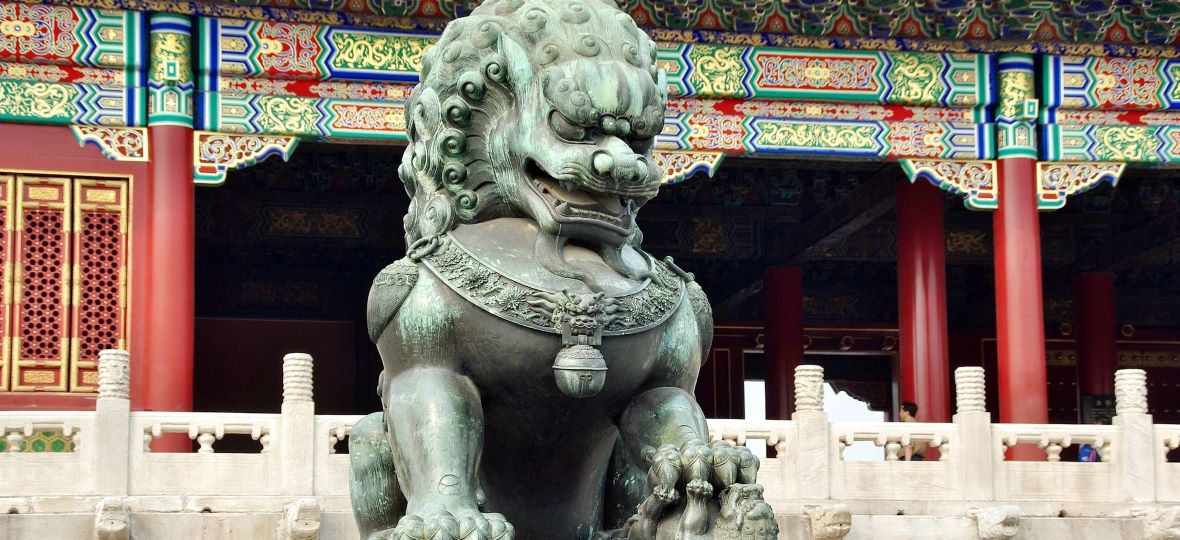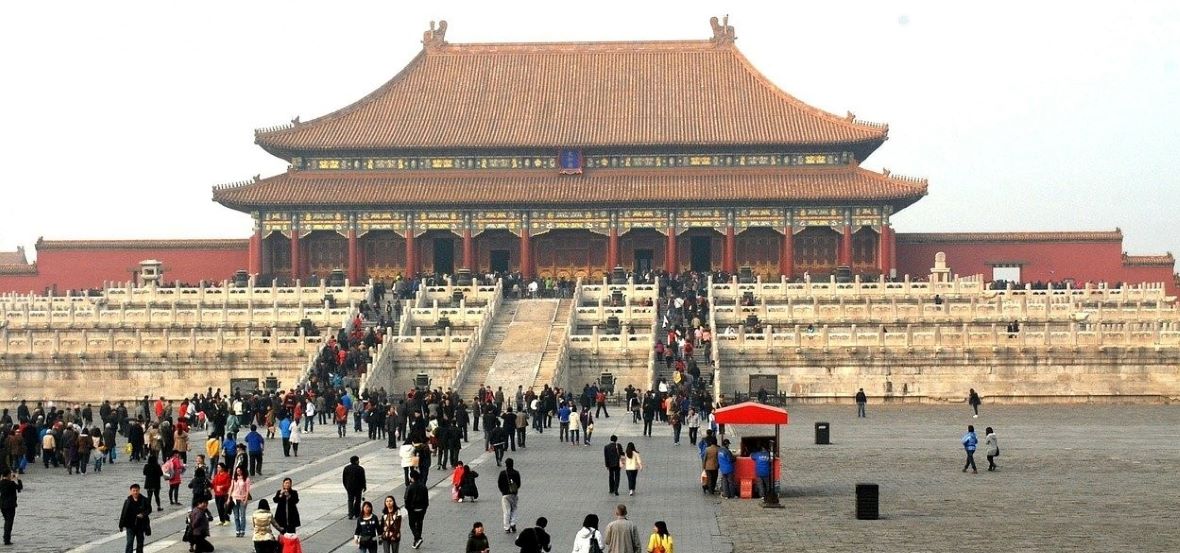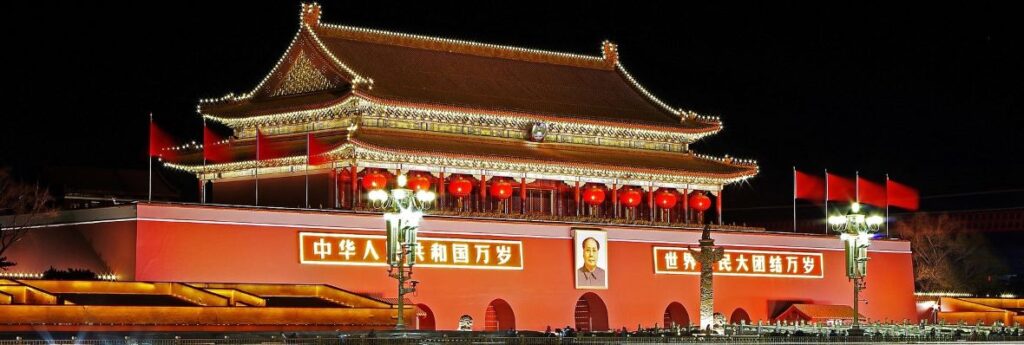One of China’s most iconic sites is celebrating 600 years this Fall. Once the epicentre of the Ming (1368-1644) and Qing (1644-1911) dynasties – and off-limits to visitors for 500 years – the Forbidden City is now the world’s most visited museum. It is also China’s top tourist attraction, ahead of the Great Wall and the Terra Cotta Warriors.
Completed in 1420, the majestic complex – also called the Palace Museum – was home to 24 Chinese emperors before being converted into a museum in 1925, 13 years after the last emperor abdicated. It was designated a UNESCO world heritage site in 1987.
A few facts to put the Palace into perspective:
• Located in Beijing, the Imperial Palace (Gugong in Chinese) is three times larger than the Louvre, boasting more than 90 palace quarters and courtyards, 980 buildings and over 8,700 rooms. (It is a myth that are 9,999.5 rooms).
• A masterpiece of ancient architecture, and one of the largest and most complete existing wooden structures anywhere in the world,
the compound features a symmetrical layout, various glazed roof tiles, exquisite corner towers as well as bright and airy courtyards.
• The Palace design and construction integrates ancient Chinese philosophies, including harmony between human and nature, the Five Elements, Yin and Yang, as well as the Eight Trigrams.

• Once barred from being on the grounds, visitors now enter through Tiananmen Gate (The Gate of the Heavenly Palace) under the watchful gaze of a giant portrait of Mao Zedong.
• Housing more than 1.8 million artifacts, the museum received over 19.3 million visitors in 2019.
• Creative products inspired by aspects of the museum, such as cosmetics and folding fans, have gone on sale via e-commerce platforms. Court robes in the museum’s collection have appeared in mobile games. “Snowy scenes at the Palace Museum,” “Cats living in the Palace Museum,” and the names of TV shows featuring the museum are all popular search terms online.
• Many foreigners still refer to the Chinese palace as “the Forbidden City,” however, that name is used less and less in China.
• A great place to see the Palace in its entity is from a hilltop in nearby Jingshan Park, a few minutes walk from the complex.
At present, if one should be able to find their way to Beijing, a series of commemorative events are being held to commemorate the Palace’s six-century milestone, including exhibition titled “Everlasting Splendor: Six Centuries at the Forbidden City,” which features more than 450 cultural relics and historical photos designed to bring the precious palace’s intriguing history to life. Otherwise, you can expect that the attraction will still be around the next time you do visit.


